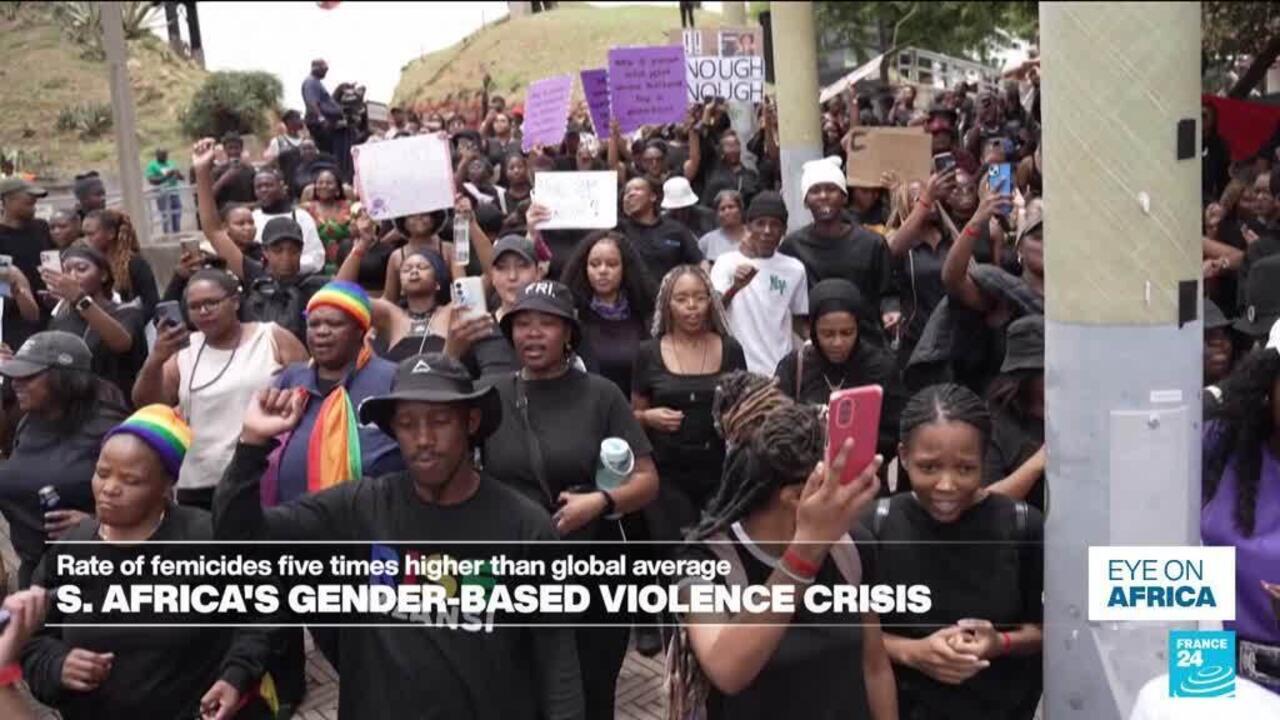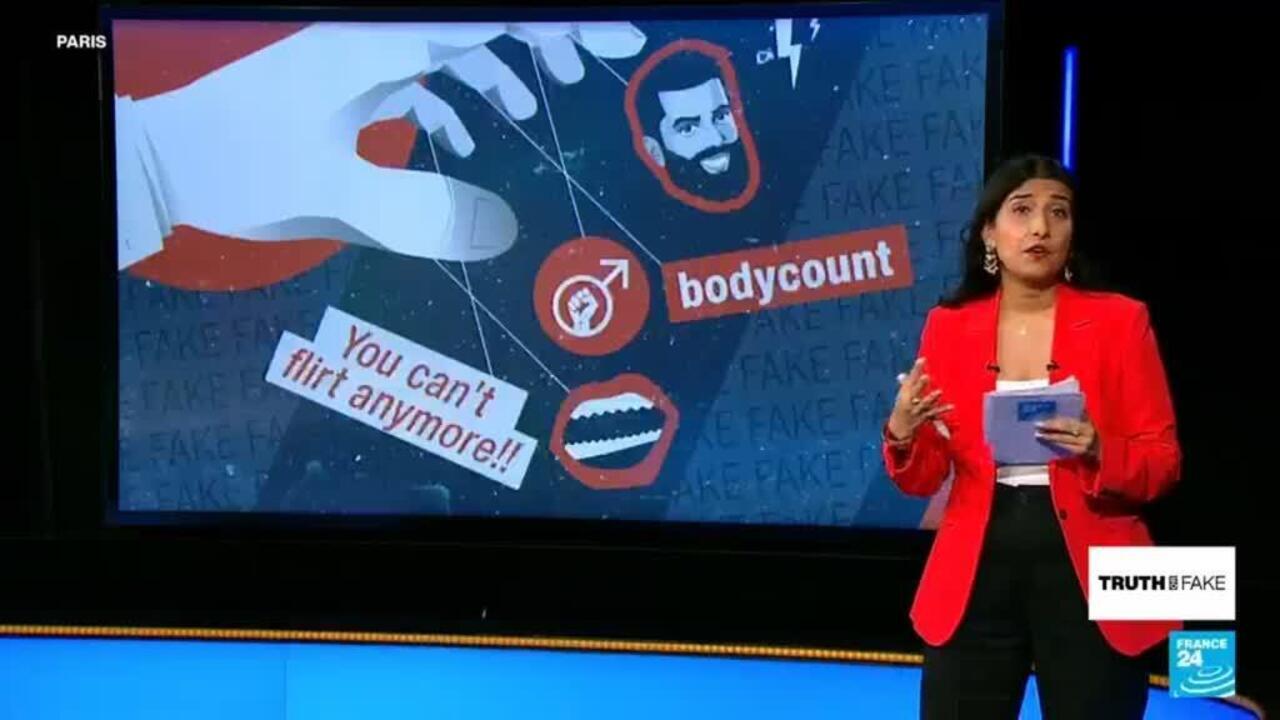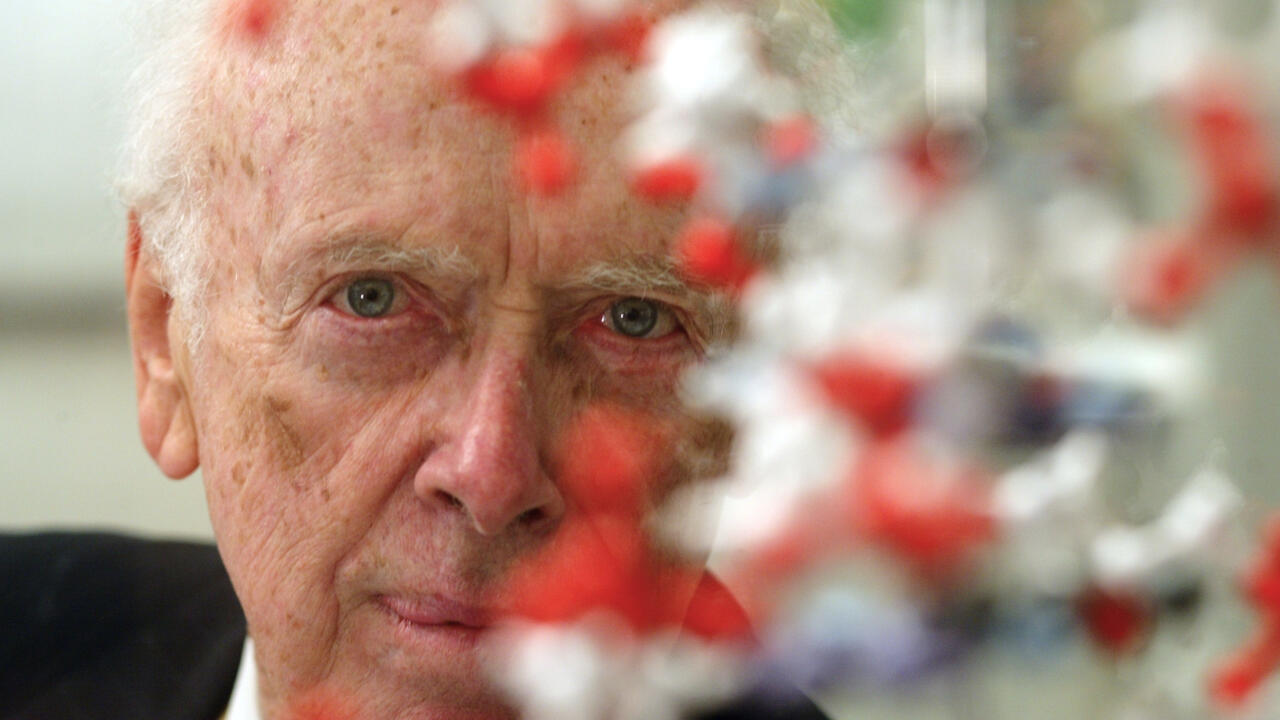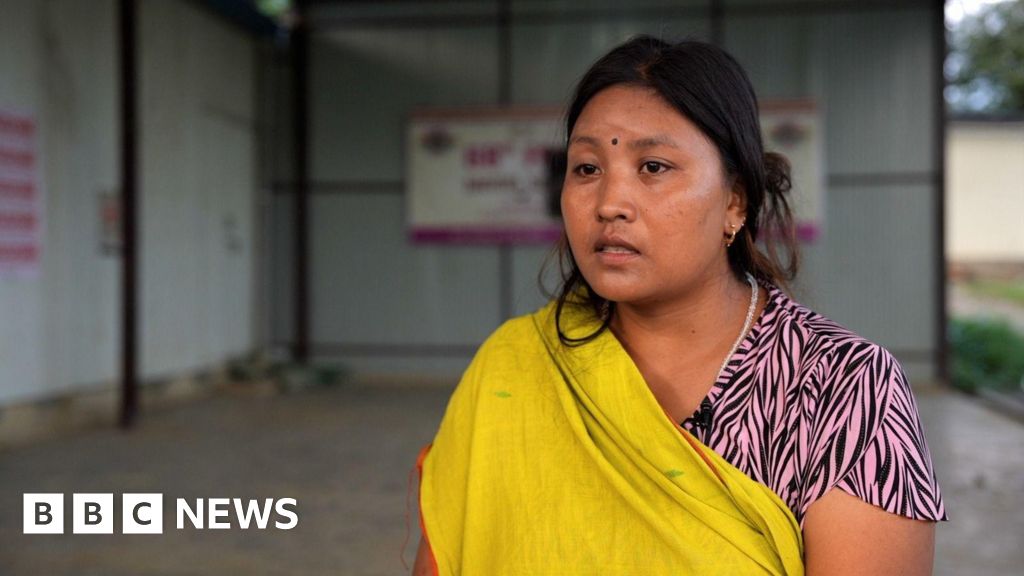Ukrainian President Volodymyr Zelensky on Monday insisted that any peace plan to end the war must include a recognition of the “aggressor” paying the price, in light of Russia triggering the conflict by invading Ukraine in 2022.
"The aggressor must pay fully for the war he started, and this is why decisions on Russian assets are essential,” said Zelensky in a video address to the Swedish parliament on Monday, arguing that an agreement on the use of frozen Russian assets is a crucial element to any proposal.
Zelensky again reiterated his rejection of any land concessions, in stark contrast to the Trump Administration’s 28-point peace proposal that leaked on Thursday.
“Putin wants legal recognition for what he has stolen, to break the principle of territorial integrity and sovereignty. That is the main problem,” urged Zelensky.
The Ukrainian President’s remarks come after a weekend of deliberation between Ukrainian and U.S. officials over the peace plan, initially drafted by the U.S.
In a joint statement released by the U.S. and Ukraine on Sunday, the two camps said that talks in Geneva had resulted in “meaningful progress toward aligning positions and identifying clear next steps.”
As such, the U.S. agreed to modify the peace plan and an “updated” proposal has been drafted.
“The parties drafted an updated and refined peace framework. The Ukrainian delegation reaffirmed its gratitude for the steadfast commitment of the United States and, personally, President Donald J. Trump for their tireless efforts aimed at ending the war and the loss of life,” read the statement.
“Ukraine and the United States agreed to continue intensive work on joint proposals in the coming days. They will also remain in close contact with their European partners as the process advances.”
The two countries have yet to publicize the specifics of what has been outlined thus far and how the “refined” framework differs from the widely-leaked U.S.-drafted plan that circulated last week.
TIME has reached out to the White House and the Ukrainian government for comment.
As of Monday morning, Russia said it hasn’t received an official update of the peace proposal.
“We are, of course, closely monitoring the media reports that have been pouring in from Geneva in the past few days, but we have not yet received anything officially,” said Kremlin spokesperson Dmitry Peskov, according to Russian state media TASS.
Some European leaders have been more vocal about the reported tweaks and refinements made to the peace proposal thus far.
German Foreign Minister Johann Wadephul said on Monday that the Geneva talks had delivered a “decisive success” for Europeans.
“All issues concerning Europe, including those concerning NATO, have been removed from this plan—this is a decisive success that we achieved yesterday,” Wadephul is quoted as telling Deutschlandfunk radio on Monday morning. “It was clear from the outset, as we have repeatedly said, that any agreement must not be reached over the heads of Europeans and Ukrainians.”
Finnish Prime Minister Alexander Stubb reaffirmed after an early morning call with Zelensky that “steps were taken toward a just and lasting peace,” during Sunday’s negotiations, but argued there “are still unresolved issues.”
But Hungary, which has a close relationship with Russia, has pushed for the existing proposal to be accepted “fully and unconditionally.” Foreign Minister Péter Szijjártó on Monday called the proposal “a major chance to end the war in Ukraine,” but argued that “some Western European leaders are trying to block it.”
“Our position is clear: every European politician has a duty to support this plan fully and unconditionally, as this is the rational and humane choice,” concluded Szijjártó.
Meanwhile, there continues to be concerns raised over who authored the 28-point plan, with some U.S. Senators claiming it was, in fact, drafted by Russia or its allies.
Sen. Mike Rounds of South Dakota, a Republican, claimed: “This Administration was not responsible for this release in its current form,” during a security conference in Canada, arguing it “looked more like it was written in Russian to begin with.”
Sen. Angus King of Maine, an Independent, expressed similar concerns, arguing that U.S. Secretary of State Marco Rubio had told him it “was not the Administration’s plan” but instead a “wish list of the Russians.”
Rubio staunchly rejected the claims over the weekend.
“The peace proposal was authored by the U.S. It is offered as a strong framework for ongoing negotiations. It is based on input from the Russian side. But it is also based on previous and ongoing input from Ukraine,” said Rubio.
Developments on the peace proposal also come amid President Trump renewing criticism of Ukrainian “leadership.”
“The war between Russia and Ukraine is a violent and terrible one that, with strong and proper U.S. and Ukrainian leadership, would have never happened,” said Trump on Sunday via Truth Social, seemingly making reference to former President Joe Biden and Zelensky.
“Ukraine ‘leadership’ has expressed zero gratitude for our efforts and Europe continues to buy oil from Russia,” he remarked.
Trump’s comments echoed those made by Vice President J.D. Vance during Zelensky’s visit to the Oval Office in February, which resulted in a highly-publicized, on-camera clash. Vance accused the Ukrainian President of being "disrespectful" and “ungrateful” in the meeting, which ended abruptly.
Early on Monday, Trump spoke again regarding the ongoing peace talks, saying that “something good” may now be happening.
Zelensky is facing a ticking clock, as Trump has issued a deadline for the Ukrainian leader to sign the peace plan.
Trump on Friday said Zelensky has until the U.S. Thanksgiving holiday—Nov. 27—to provide an answer to his peace plan, citing this as "an appropriate [amount of] time." He said that an extension may well be granted, if talks are "going well."
Zelensky, in a filmed public address published the same day, lamented that his country had been met with "one of the most difficult moments" in its history as it faced a "choice" between losing its dignity or a key partner, the United States.
The land concessions thought to be at the heart of the peace plan debate
The leaked 28-point draft proposed Kyiv reduce its army and also stipulated a number of land concessions in a section labeled "territories." (This was before the "refined" framework and could well be one of the items that the U.S. has agreed to modify in light of Zelensky's strong opposition.)
"Crimea, Luhansk, and Donetsk will be recognized as de facto Russian, including by the United States,” read the initial leaked proposal. “Kherson and Zaporizhzhia will be frozen along the line of contact, which will mean de facto recognition along the line of contact.”
Among the most contentious of points was the suggestion that Ukraine also handover some of its own unoccupied territory.
Per the proposal, Russia would "relinquish other agreed territories it controls outside the five regions" and "Ukrainian forces will withdraw from the part of Donetsk Oblast that they currently control."
It was stipulated that the withdrawal zone would henceforth be "considered a neutral demilitarized buffer zone, internationally recognized as territory belonging to the Russian Federation. Russian forces will not enter this demilitarized zone."
Trump warned Zelensky earlier this year to give up on the idea of Ukraine reclaiming Crimea, arguing there was "no getting" it back. And in a statement to TIME on Friday, the White House argued that "both parties" will "gain more than they must give."
"Any deal must provide full security guarantees and deterrence for Ukraine, Europe, and Russia to ensure the end of the war, in addition to financial opportunities for Ukraine to rebuild, and for Russia to rejoin the global economy, to benefit the people in both countries," said press secretary Karoline Leavitt.











 English (US) ·
English (US) ·